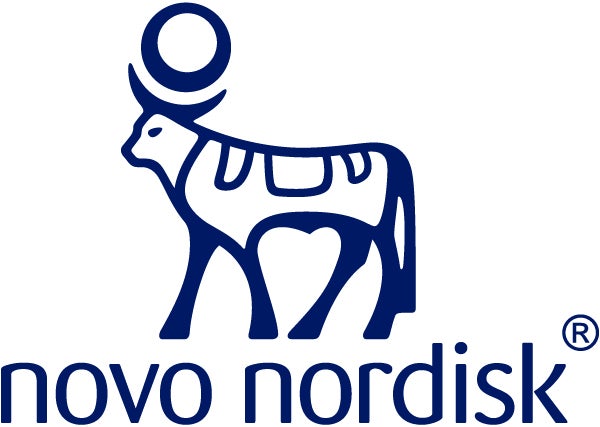
Downstream vaccine processing aims to isolate the desired antigens and remove unwanted material through purification, precipitation and centrifugation. These steps are essential for the production of concentrated vaccines that comply with the high purity and safety demands outlined by regulators, such as EMA or the US Food and Drug Administration (FDA).
One purification method involves the use of detergents or surface-active compounds such as quaternary ammonium compounds, or Quats. Quats are antiseptic agents widely used across the pharmaceutical industry, from nasal sprays, eye drops, topical creams and throat lozenges through to downstream processing for both viral and polysaccharide (bacterial) vaccines.
In particular, Cetrimonium Bromide (CTAB), also known as cetyltrimethylammonium bromide, is a cationic surfactant that can disrupt cell membranes by initiating cell lysis and isolating antigenic material.
CTAB in polysaccharide (bacterial) vaccines
CTAB is recommended by the World Health Organisation (WHO) as a purification agent in the downstream vaccine processing of polysaccharide vaccines. These vaccines are used to prevent for example pneumococcal disease, meningococcal disease, and Salmonella Typhi. Polysaccharide vaccines are a type of inactivated subunit vaccine that are included in many child vaccination programmes.
During the purification process, CTAB can be used within the buffer system of polysaccharide vaccines. The cationic surfactant removes membrane lipids and promotes cell lysis, thus ‘freeing-up’ the polysaccharides. This is referred to as precipitation and enables the manufacturer to obtain higher yields of polysaccharides.
CTAB in viral vaccines
CTAB can also be used in the downstream processing of viral vaccines. After the inactivation of the live virus, manufacturers of viral vaccines must isolate the virus antigens from the culture media, and remove any contaminants and undesired proteins, thereby increasing immunogenicity.
During centrifugation, CTAB can be applied to separate the virus from the remaining components. In the manufacturing of influenza vaccines, CTAB will solubilise the viral antigens such as influenza hemagglutinin (HA) surface proteins. This can also be carried out using a mixture of CTAB with Polysorbate / Tween 80.
Influenza vaccines are typically egg-based but further production methods include cell-based and recombinant (DNA). CTAB can be used across all three of these and is also utilised in the extraction of genomic DNA and in the manufacturing of novel gene therapies.
Pharmaceutical-grade CTAB
In vaccine manufacturing, every potential risk must be eliminated or minimised, and one way manufacturers can achieve this is through the use of the safest and most pure materials. Whenever possible, manufacturers should aim to source processing aids of pharmaceutical-grade, that have been manufactured to cGMP standards.
When it comes to sourcing the right CTAB from a trusted supplier, the world’s leading vaccine producers turn to Danish company Novo Nordisk Pharmatech, the only manufacturer offering CTAB in cGMP pharmaceutical grade for APIs. The company’s FeF® CTAB USP/NF product is produced in full compliance with ICH Q7, meaning full traceability, full USP/NF compliance, high product purity, and a complete regulatory documentation package, as well as audit access.
FeF® CTAB USP/NF is manufactured to a consistently high quality as a result of the company’s well-established processes and thorough quality control, with inspection from the FDA and the Danish Medicine Agency (DMA). Customers using this pharma-grade CTAB are assured that it is has been manufactured to the highest quality standards, using the best raw ingredients under a fully validated process where critical parameters are constantly monitored.
With more than 70 years of experience, Novo Nordisk Pharmatech is the world’s leading supplier of pharma-grade Quats. The Danish company’s FeF CTAB is a chosen API and processing aid of many drug and vaccine manufacturers worldwide for its high purity and unequalled regulatory compliance.


